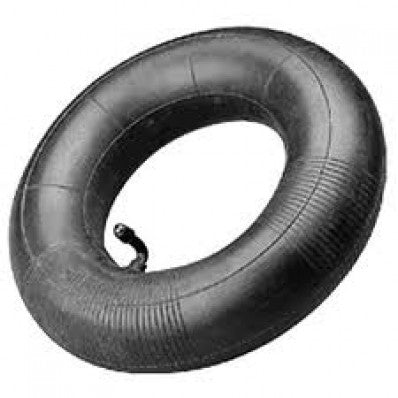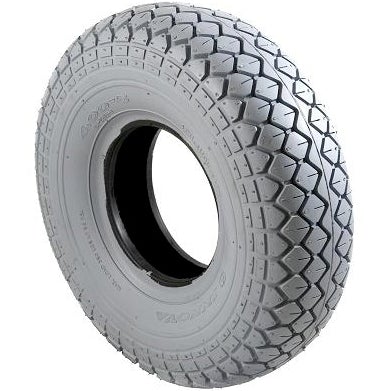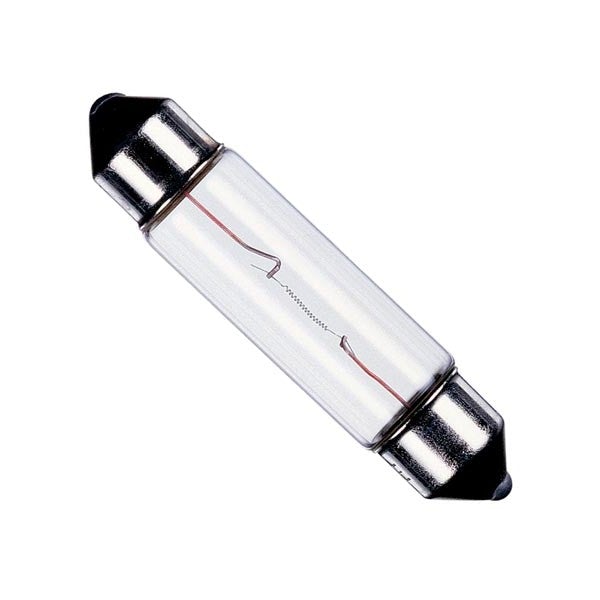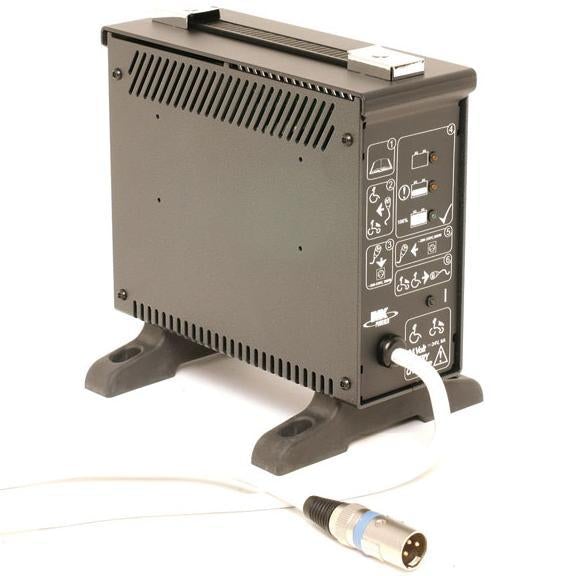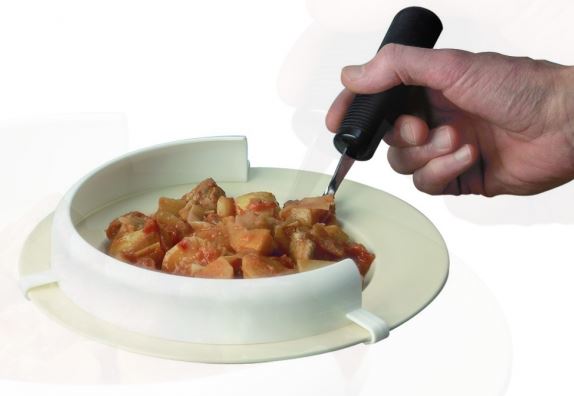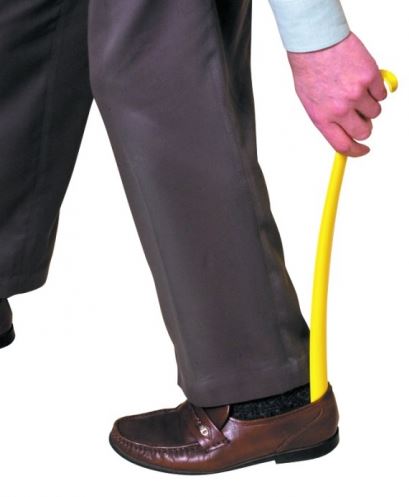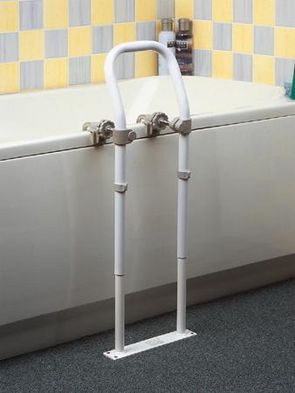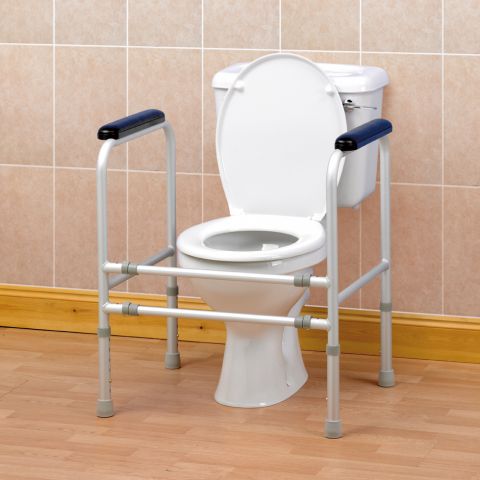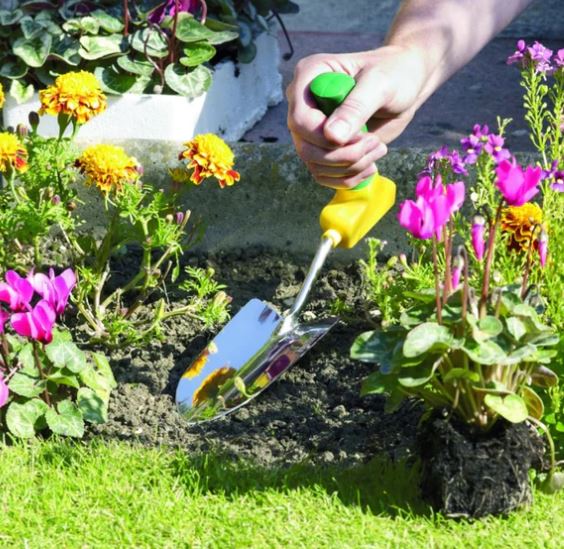Mobility tyres and wheels and how to fix them
If you own a mobility scooter, you will know only too well how important reliable and long-lasting tyres are.
Whether you are looking for new tyres for your mobility scooter or you would like to try and fix your existing ones, the below blog will explain everything you need to know about mobility tyres and wheels and how to fix them.
What are the different types of mobility tyres?
There are two different types of mobility tyres that you can choose from, each with their own benefits:
- 1. Air-filled tyres
- Air-filled tyres, also known as pneumatic tyres, use air pressure to maintain their structure. Some of the many advantages of air-filled tyres are enhanced traction and lower rolling friction.
- 2. Solid tyres
- Solid tyres are made from solid polyurethane foam filling material or rubber. The main advantages of solid tyres are that they are immune to punctures, so you do not need to worry about getting a flat tyre.
How to choose the right tyres for your mobility scooter
If you are not sure what tyres to buy for your mobility scooter, then you should consult the owner’s manual that came with your scooter. This should clearly state what type of tyres you need to get, including information such as wheel type, tread pattern, and size.
If you do not have your owner’s manual, then a mobility scooter repair shop should be able to help you to pick the right tyres for your scooter.
How often should you change mobility tyres?
It is recommended that you change your mobility scooter tyres at least once every two to three years. However, to ensure your safety, you should check your tyres monthly for any damage or excessive wear and tear.
If you notice any issues with your mobility tyres, you should have them fixed or replaced immediately.
How to fix mobility tyres
If you have pneumatic tyres on your mobility scooter and you get a flat tyre, simply follow the below steps:
- Immediately stop riding your scooter
- Release all the remaining air from the tyre
- Remove the tyre from the rim
- Inflate the tyre a little
- Place it in a bucket of water and soap and look for bubbles so that you can locate the holes
- Let the air out and allow the tyre to dry
- Sand and grease the surface around the hole
- Using your finger, apply a small amount of glue from a puncture repair kit
- Wait 2-3 minutes for the glue to dry
- Apply a tyre patch and apply strong pressure to ensure it fits around the hole
- Remove the plastic cover from the top of the tyre patch
- Put the type back on the wheel
How to prevent punctures in mobility tyres
There are several steps that you can take to prevent punctures in the tyres of your mobility scooter, including:
- 1. Make sure that your tyre pressure is correct
- Your mobility tyres should be neither under nor overinflated as this can make them more susceptible to punctures. You can check the tyre pressure by using an air pressure gauge.
- 2. Apply a tube sealant
- A tube or tyre sealant can be applied to the inner tube as a protective barrier against punctures by sealing small holes within a few minutes.
- 3. Choose airless tyres
- You can now get airless or tubeless tyres for your electric mobility scooter that are much less likely to get flat. However, it is worth noting that these types of tyres can affect the quality of the ride of your scooter.
- 4. Invest in a heavy-duty tube
- As the name suggests, heavy-duty inner tubes are more resistant to punctures and can extend the lifespan of your tyres. You can also try using anti-puncture tape.
- 5. Avoid wet conditions
- Wet weather increases your chance of getting a puncture as you are more likely to skid into sharp corners, so you should avoid riding during these conditions where possible.
- 6. Replace your tyres
- If you tend to keep fixing rather than replacing your mobility tyres, then this could be the reason why you keep getting punctures. While small holes can be repaired, if you have had your tyres for a long time or they are visibly worn down, you are better off replacing them.
- 7. Perform routine checks
- The most important thing you can do to keep your tyres in good condition and ensure you are able to ride safely is to regularly check your tyres. As the saying goes, “prevention is better than cure,” so you should try to identify any issues before they become problematic.

